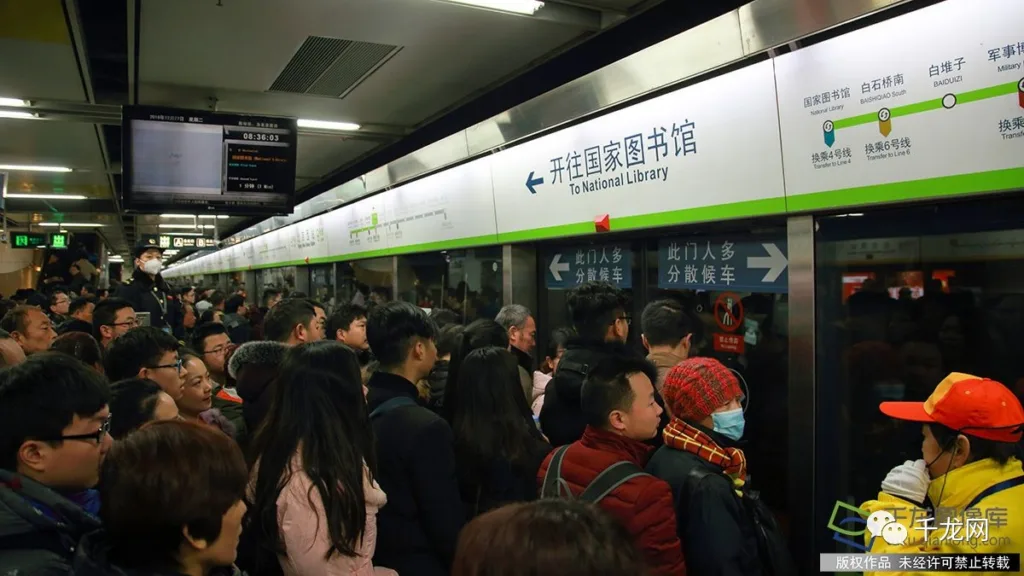北京地铁有多拥挤?


The level of crowding on the Beijing subway can be described as quite severe. In recent years, with the rapid urbanization of Beijing and the continuous growth of its population, the subway, as one of the main public transportation options, has faced immense passenger pressure.
During peak hours on weekdays, the crowding on the Beijing subway exceeds expectations. Platforms, passageways, and trains are often in a state of severe overcrowding. Outside the stations, there are often crowds of people waiting to enter, and passengers may need several attempts to board a train. Inside the trains, passengers may sometimes find it difficult to move. According to relevant statistics, the number of passengers during peak hours accounts for a significant portion of the daily total, and the passenger load on some lines even exceeds the designed capacity.
To avoid the subway crowds, passengers can adopt the following strategies:
Adjust travel times: Try to avoid riding the subway during peak hours. Generally, the busiest times on the subway are from 7:00 AM to 9:00 AM and from 5:00 PM to 7:00 PM. Therefore, if possible, adjusting travel times earlier or later can effectively avoid crowds.
Choose less popular lines and stations: Some subway lines and stations are relatively less crowded, with lower passenger volumes. If possible, passengers can choose these less popular lines and stations as their travel routes to reduce the likelihood of crowding.
Use alternative transportation: If the subway is too crowded, passengers can consider using other modes of transportation, such as buses, taxis, or shared bicycles. These transportation options may be more convenient and comfortable in certain situations.